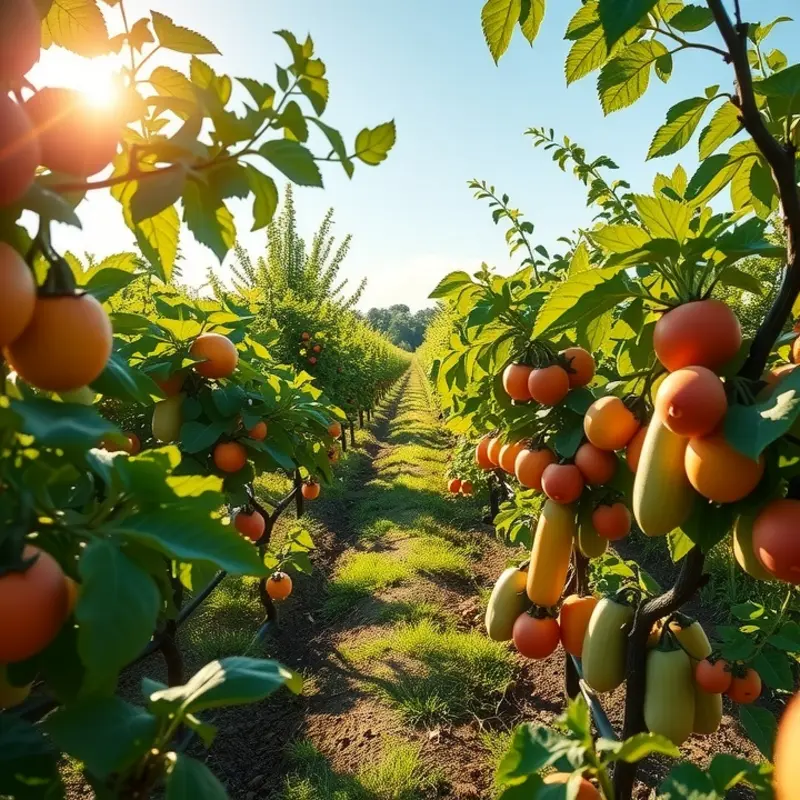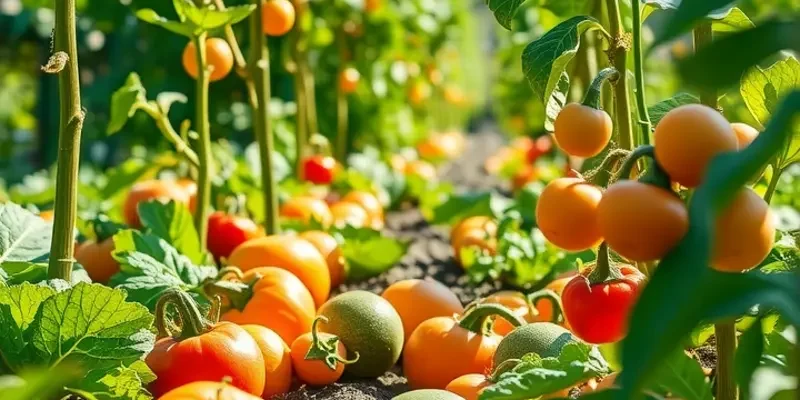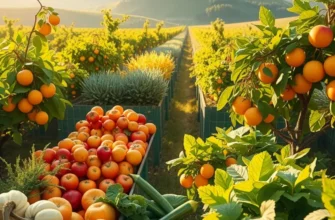Food is more than sustenance; it’s a profound medium of storytelling that weaves together culture, history, and personal identity. Each dish encapsulates traditions, memories, and the essence of a place, allowing us to understand diverse narratives that link us all. As we traverse global cuisines, we uncover the rich tapestry of human experience revealed through distinctive culinary practices. Whether it’s a family recipe passed down through generations or a communal feast at a local festival, food is an invitation into the heart of traditions. This exploration opens a window to cultures around the world.
Culinary Stories: Beyond the Plate

Each cuisine around the globe is like a narrative canvas, painting vivid tales of the people, land, and history it represents. The spices of Morocco, with their aromatic complexity, tell stories of ancient trade routes and cultural amalgamation. Ras el hanout, a spice blend of over a dozen ingredients, reflects a rich heritage of markets bustling with merchants from distant lands. Each spoonful encapsulates centuries of influence, from Berber nomads to Arab traders and French colonizers.
Similarly, the minimalist elegance of Japanese cuisine offers a window into the values of harmony and respect for nature. Consider the delicate craft of sushi, where each meticulously placed grain of rice reveals the socio-cultural emphasis on aesthetic perfection and seasonality. The use of fresh ingredients is more than a culinary preference; it is an inherent respect for the natural environment and a reflection of Japan’s philosophical ethos.
In India, food narratives are deeply woven into familial and religious stories. The traditional Thali, a platter of assorted dishes, symbolizes the vibrant diversity within the subcontinent. Each component, from the spicy dal to the cooling raita, tells a unique story of local traditions and the adaptability of regional agriculture. Festivals and religious ceremonies often have specific foods that hold symbolic meanings, like the sweet gujiya during Holi, representing festivity and the triumph of good over evil.
Cuisines not only narrate historical tales but also express profound personal stories. An Italian grandmother’s pasta sauce recipe becomes a legacy, handed down through generations. Each ingredient tells an intimate tale of family gatherings and the affection poured into every dish. This concept of food as familial glue is echoed in many cultures, as seen in communal cooking traditions that unify communities and strengthen bonds.
Furthermore, food also serves as a powerful medium for reclaiming identity. Indigenous communities worldwide utilize traditional recipes as a means of cultural preservation and resistance. By maintaining ancestral cooking practices, they assert their identity, countering centuries of suppression. The revitalization of ancient grains and native ingredients in contemporary gourmet kitchens showcases this trend.
The exploration of these various culinary narratives leads to a deeper understanding of the culture from which they emerge. However, as globalization spreads, the integrity of these stories is challenged. The homogenization of food can dilute its original narrative, risking the loss of crucial cultural insights embedded in these culinary traditions.
In our quest to appreciate and preserve these edible tales, concepts such as mindful eating become essential. By being mindful, we connect more deeply with each dish’s origin and significance, gaining a fuller appreciation of the cultural and personal stories they tell. For further exploration on how to engage with food mindfully, consider addressing unconscious eating, as it offers techniques to enhance your dining experience and cultural understanding.
Recipes of Resilience: Culinary Heritage and Social Change

Food embodies stories of survival, resilience, and transformation. Across the world, culinary traditions are not just meals, but vibrant narratives that bind communities, preserve history, and inspire social shifts. The re-emergence of indigenous food systems is a prime example. Rooted in centuries-old practices, these systems bring to light sustainable agricultural methods, champion biodiversity, and reconnect communities with their ancestral roots. As indigenous cuisines gain visibility, they challenge the homogenization of food, celebrating diversity and educating about cultural heritage.
The farm-to-table movement further exemplifies food as a vehicle for change. By prioritizing local produce, this movement strives to reduce food miles, amplify flavor, and support local economies. It’s a modern manifestation of age-old principles where culinary practices are deeply linked to the land they originate from. Chefs play a pivotal role in this, as they re-interpret traditional recipes using locally sourced ingredients, curating a modern narrative that emphasizes sustainability and community.
Sustainability within culinary contexts is not solely about the environment; it includes preserving cultural narratives. The push for eco-smart kitchen practices is gaining momentum globally, urging communities to adopt methods that minimize waste and conserve resources. For more insights on reducing kitchen waste, you might find these low-waste cooking strategies intriguing.
In various multicultural settings, food becomes a peaceful protest against conformity, challenging societal norms, and offering new perspectives. Initiatives encouraging plant-based eating within indigenous communities often intersect environmental sustainability with cultural revival. These efforts not only promote health benefits but also advocate for a return to plant-centric traditions deeply embedded in many cultures.
Chefs, both globally renowned and homegrown, emerge as guardians of culinary heritage. They preserve endangered recipes and bring underrepresented cuisines to the forefront. By doing so, they bridge gaps between the past and present, ensuring that the stories ingrained in each dish continue to resonate with future generations. Their work demonstrates the profound ability of food to transcend taste, transforming into a tool for education, empowerment, and unity.
In essence, the global culinary landscape is a tapestry of stories waiting to be told. Through food, we recall the past, address the present, and envision futures where diversity and resilience lead not just to tasty dishes, but to social transformation.
Final words
Food serves as an immersive portal into the soul of a culture, encapsulating stories of its people, regions, and history. As we relish each bite, we are not just experiencing flavors but also connecting with the stories intertwined with those dishes. By exploring how cuisines narrate the human experience, we can appreciate the delicate interplay of tradition and innovation, resilience and identity. Understanding food as a storytelling medium enriches our culinary experiences, encouraging us to embrace diversity while fostering deeper connections with cultures around the globe.








